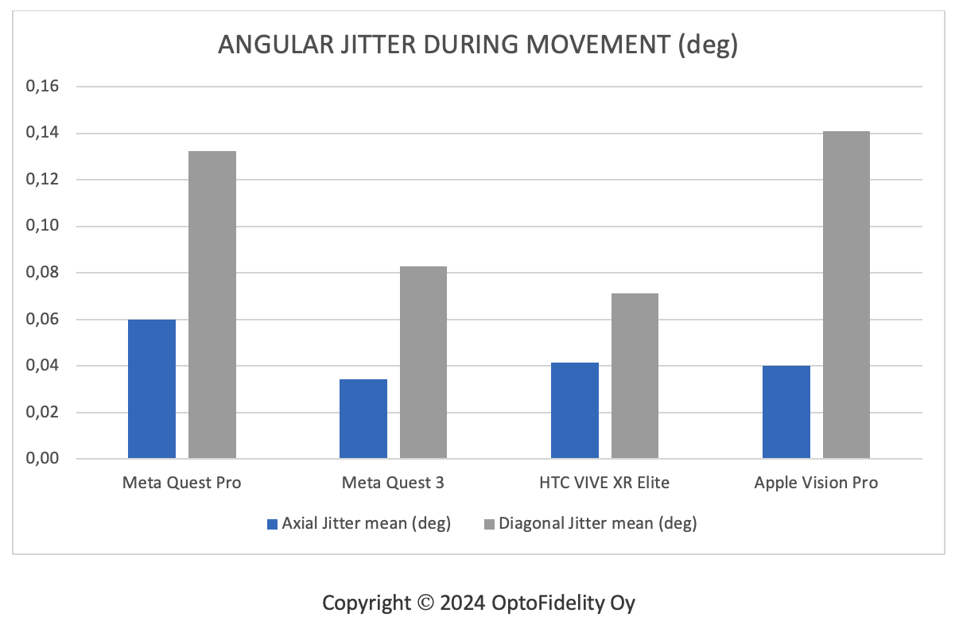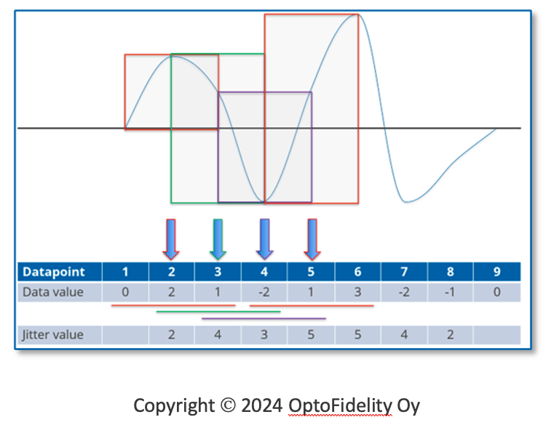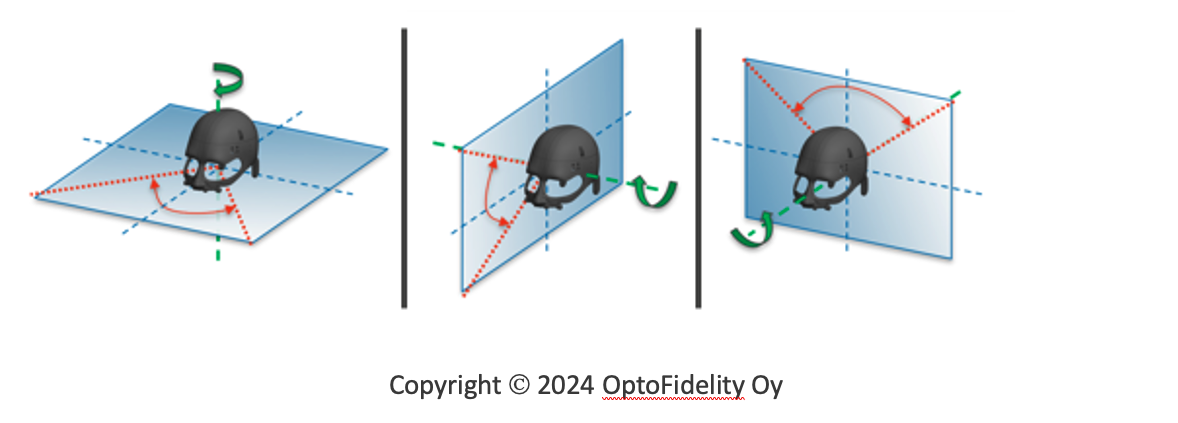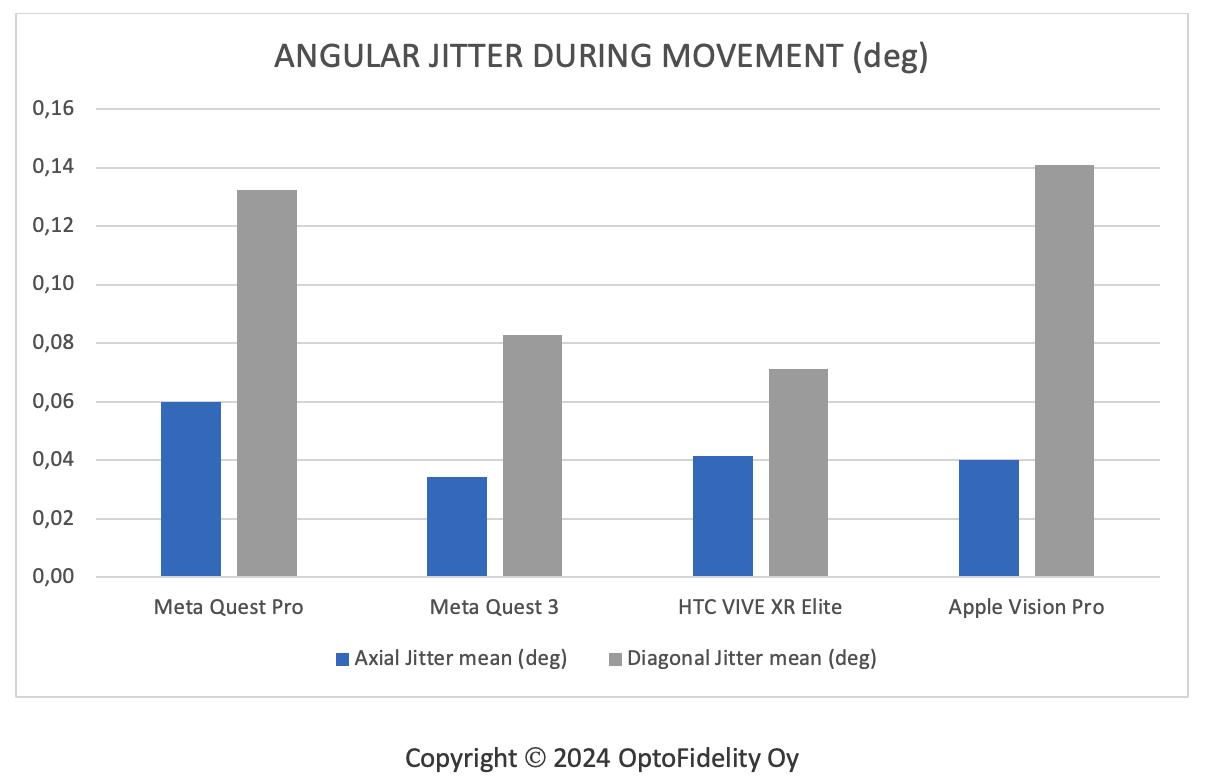
Blogs
Apple Vision Pro Benchmark Test 3: Virtual content Jitter
A Benchmark comparison with OptoFidelity BUDDY Test System for HTC VIVE XR Elite, Meta Quest 3, Meta Quest Pro, and Apple Vision Pro
Jitter is used to describe a high-frequency, vibration-like, unexpected movement of the image. It can be observed as a blurred, shaking, or jumping image, possibly leading to eyestrain or nausea.

Jitter can occur during movement or when stationary. Human sight has a remarkable ability to lock the gaze on an object even while moving. This is particularly handy when we read and inevitably must adjust our posture from time to time. However, if the movement is unexpected, our ability to keep our gaze locked in the text can easily be compromised.
How we measure Jitter with OptoFidelity BUDDY
To define the angular movement in virtual reality, we used the same absolute marker constellation as in the previous article.
Two separate tests were conducted: Angular Jitter when the headset was stationary and Angular Jitter during movement.
1) Angular Jitter for Stationary Headset
In the stationary test, the Device Under Test (DUT) was kept stationary, and virtual content movement angles were decoded from the frames.

To capture the jitter and exclude other possible tracking errors, such as drifting, we used the sliding window method. The standard window size with BUDDY is five data points, but for clarity, the following picture shows the method with a window size of three data points.

The Jitter value is defined as the difference between the highest and lowest values inside the window.
2) Angular Jitter During Movement
With Jitter during movement, any angular displacement of the DUT content on axes that are orthogonal to the axis of rotation is considered an angular jitter. The same sliding window method is used. There are seven different movement sequences. The first three are around single axes. (See picture below).

The following four are around diagonal axes with the following Yaw, Pitch, Roll-movements:

Benchmark Results
Results from Stationary Angular Jitter suggest that with all the devices, the values are below our measurement resolution: <0.5 mrad (0.0285 deg).
The Angular Jitter During Movement results can be seen below:

For the axial jitter, the winner is Meta Quest 3, with HTC VIVE XR Elite and Apple Vision Pro sharing the second position and Meta Quest Pro coming fourth.
For the diagonal jitter, we finally get a new winner, HTC VIVE XR Elite taking the 1st position, followed by Meta Quest 3 in 2nd, Meta Quest Pro in 3rd, and Apple Vision Pro in 4th position.
However, it is worth noting that these values are still very small and, therefore, very unlikely to be noticeable during movement.
Check our other Apple Vision Pro Benchmark Tests:
Written by


